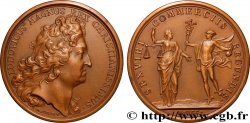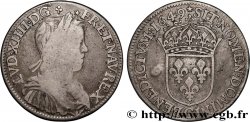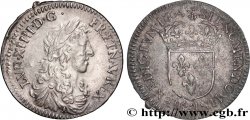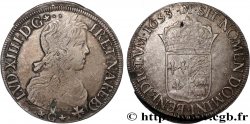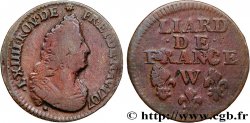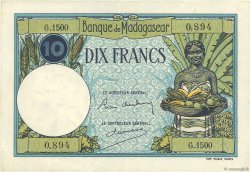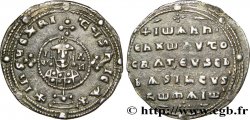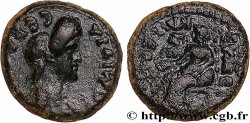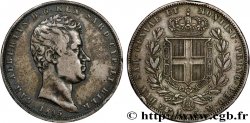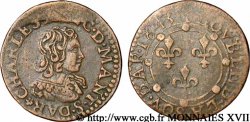E-auction 520-435604 - fme_412523 - LOUIS XIV "THE SUN KING" Prise de Bouchain
You must signin and be an approved bidder to bid, LOGIN TO BID. Accounts are subject to approval and the approval process takes place within 48 hours. Do not wait until the day a sale closes to register. Clicking on « bid » constitutes acceptance of the terms of use of cgb.fr private e-auctions.
Bids must be placed in whole Euro amounts only. The sale will start closing at the time stated on the item description; any bids received at the site after the closing time will not be executed. Transmission times may vary and bids could be rejected if you wait until the last second. For further information ckeck the E-auctions F.A.Q.
NO BUYER'S FEE.
NO BUYER'S FEE.
| Estimate : | 350 € |
| Price : | 89 € |
| Maximum bid : | 121 € |
| End of the sale : | 03 April 2023 19:25:00 |
| bidders : | 9 bidders |
Type : Prise de Bouchain
Date: 1676
Mint name / Town : 59 - Bouchain
Metal : bronze
Diameter : 42 mm
Orientation dies : 12 h.
Engraver MAUGER Jean (1648-1712)
Weight : 37 g.
Edge : lisse
Coments on the condition:
Très belle médaille avec une patine ancienne un peu hétérogène avec de petites concrétions au revers
Catalogue references :
Obverse
Obverse legend : LUDOVICUS MAGNUS REX CHRISTIANISSIMUS.
Obverse description : Tête de Louis XIV à droite.
Reverse
Reverse legend : HOSTE VIDENTE ET PERTERRITO // BUCHEMIUM CAPT. / MDCLXVI.
Reverse description : Louis XIV, sous la figure de Persée, présente la tête de Méduse à un soldat épouvanté et couvre de sa droite la ville de Bouchain, représentée par une femme couronnée de tours.
Commentary
Une refrappe avec poinçon abeille (1860-1879) de cette médaille a déjà été vendue sur notre boutique (cf. fjt_049406, mais avec un avers signé DOLLIN).
Bouchain fut une ville fortifiée, ancienne citadelle (ville haute), fortifiée par Charles Quint puis sous Louis XIV par Vauban.
Les premières ébauches des fortifications apparaissent au XIIe siècle, sous Baudouin IV qui fit ajouter une Tour au château existant. Il aménage quelques fossés et murailles crénelées, et agrandit la ville qui devient capitale du Comté d'Ostrevant.
Charles Quint développe les fortifications en 1535, et fait ceindre la Ville Haute de murailles de courtines avec 4 bastions, d'un fossé large et profond.
En 1642 durant la guerre de 30 ans, la Ville basse est entourée de murailles en briquespar le Gouverneur Drouhot, et les murailles de la Ville Haute sont réparées.
En 1676, Vauban réorganise les fortifications après la prise de Bouchain. Elles furent fréquemment réparées et modifiées par le Génie, l'armée d'occupation danoise (1816-1818) jusqu'au déclassement des ouvrages de défense en 1889, puis par décret du Président de la République en mai 1893.
Bouchain fut une ville fortifiée, ancienne citadelle (ville haute), fortifiée par Charles Quint puis sous Louis XIV par Vauban.
Les premières ébauches des fortifications apparaissent au XIIe siècle, sous Baudouin IV qui fit ajouter une Tour au château existant. Il aménage quelques fossés et murailles crénelées, et agrandit la ville qui devient capitale du Comté d'Ostrevant.
Charles Quint développe les fortifications en 1535, et fait ceindre la Ville Haute de murailles de courtines avec 4 bastions, d'un fossé large et profond.
En 1642 durant la guerre de 30 ans, la Ville basse est entourée de murailles en briquespar le Gouverneur Drouhot, et les murailles de la Ville Haute sont réparées.
En 1676, Vauban réorganise les fortifications après la prise de Bouchain. Elles furent fréquemment réparées et modifiées par le Génie, l'armée d'occupation danoise (1816-1818) jusqu'au déclassement des ouvrages de défense en 1889, puis par décret du Président de la République en mai 1893.







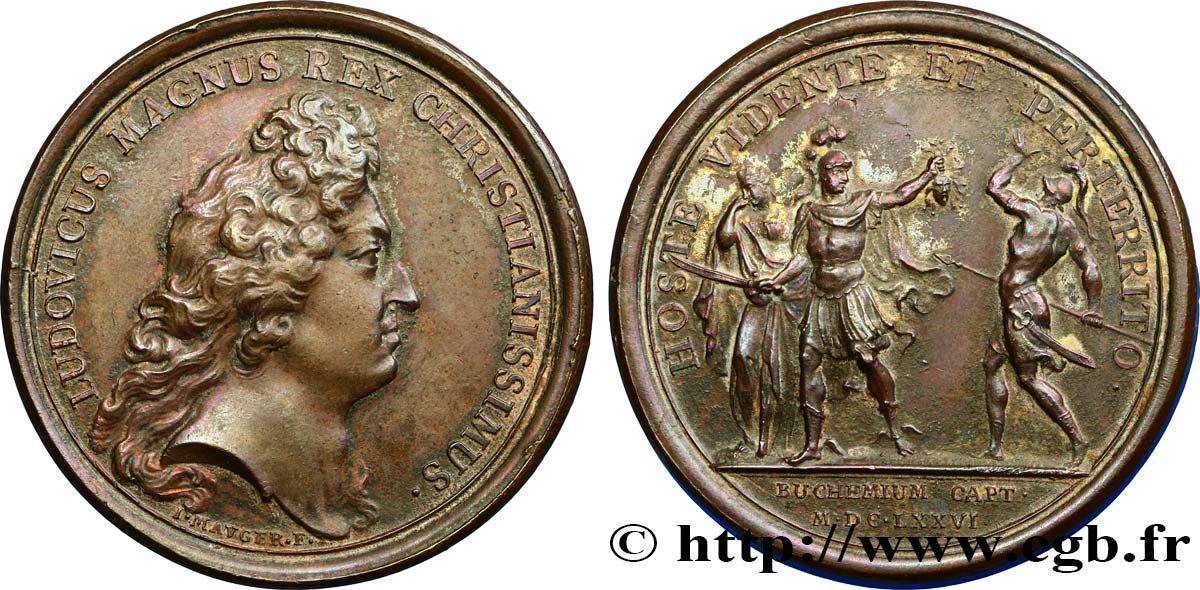
 Report a mistake
Report a mistake Print the page
Print the page Share my selection
Share my selection Ask a question
Ask a question Consign / sell
Consign / sell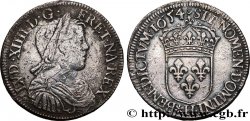
 Full data
Full data